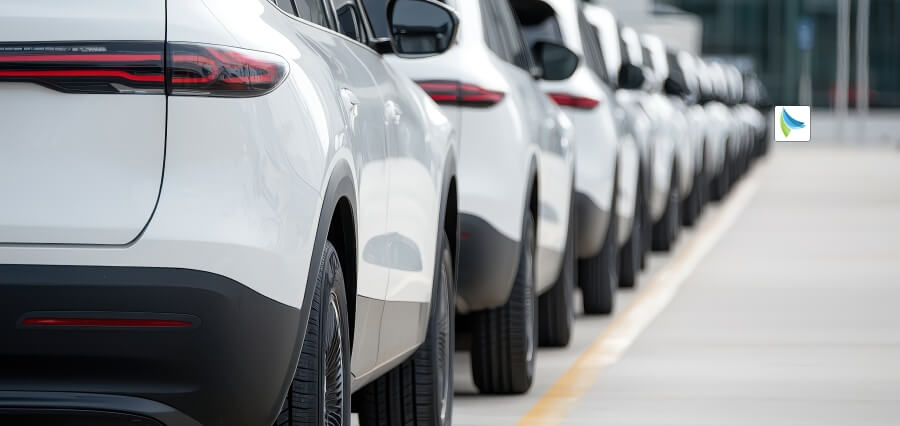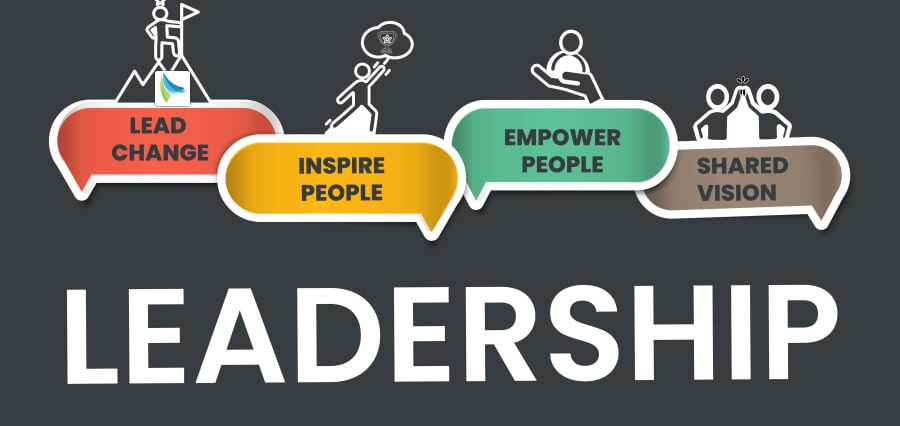Digital Disruption
The automotive industry stands at a crossroads. Industry 4.0 has brought disruption in the form of technology. Artificial intelligence, Internet of Things (IoT), big data, autonomous driving, and electric mobility are revolutionizing the design, production, and usage of cars. Being an innovator in the automotive business in the new world does not necessarily imply operating production lines or hitting quarterly sales. It should now have a vision-led journey that combines technology, sustainability, and human-centered values. A Mindset Shift in Leadership
Formerly, auto executives were concerned with operational efficiency, quality assurance, and cost reduction. While these are still the essential ones, Industry 4.0 brought with it other tasks for leadership. The present leader needs to be visionary who can anticipate the direction of the future trend, get nimble with the speed of change, and drive innovation through the organization. It is not a question of adapting to being responsible, getting back to changing as it keeps going—but of being proactive that decides mobility’s future.
This transition also equips leaders to be proficient in technological developments and having a clear understanding of consumer patterns. As automobiles turn into smart platforms and not merely self-driving devices, leaders must now reimagine beyond manufacturing and consider vehicles as part of an end-to-end digital ecosystem.
Driving Digital Transformation
Digitalization is at the heart of Industry 4.0. Cloud platforms, intelligent manufacturing systems, and predictive analytics are transforming all aspects of the auto value chain. For automotive leadership, that means something more than simply approving investment in technology—it’s about driving an organizational culture to enable digital innovation.
Leaders must bridge the gap between technology uptake by technical teams and business strategy to ensure technology uptake maximizes business efficiency and customer satisfaction. Digital transformation is not a one-time project but an ongoing process that requires ongoing learning and adaptation.
Commitment to Sustainability
Environmental sustainability is no longer an add-on element of the automobile industry. Global climatic targets, regulatory rules, and mounting public awareness are making organizations rethink the way automobiles are fueled, manufactured, and recycled. The automotive leaders of today must make sustainability a part of the core business strategy, for they would not have imagined it as an add-on.
Industry 4.0 technology can achieve here so much energy-efficient production systems, value chains powered by AI, and reusable material usage, to mention but a few. The leaders must propel the shift toward electric mobility, clean production processes, and circular economy models where sustainability is a competitive advantage.
Collaboration Beyond Boundaries
Industry 4.0 blurs the traditional boundaries of the auto industry. Cars now engage intelligent cities, alternative energy grids, and even medical monitoring systems. This interdependent world requires car stewardship that proactively pursues partnerships outside the old value chain.
The leaders will have to build deep relationships with technology companies, renewable energy companies, and mobility service platforms. Within their own companies, they will have to break silos among departments such as R&D, marketing, IT, and customer service to facilitate cross-functional working. Such an open culture accelerates innovation quicker and enforces an organization’s ability to meet shifting customer expectations.
Even as AI and automation continue to rise, human beings are still the spur for innovation. Education of the workforce to Industry 4.0 requirements could be one of the most critical leadership tasks in the automotive sector. This entails the upskilling of workers in new technologies, fostering ongoing learning, and delineating career paths enabling the digital transformational process.
Leaders will have to balance technology adoption with compassion, addressing worker fear of automation and job loss. They can have groups motivated, flexible, and engaged by fostering trust and investing in worker growth.
Agility and Resilience in Leadership
The pace of change in the automotive industry nowadays leaves little room for slow decision-making. Versatility—being able to avoid rewriting future plans on short notice due to a shift in the market—has emerged as the leadership requirement. Resilience also enters the scene as an outcome of technology disruption, supply chain disruption, and cybersecurity risk, which can arise at short notice.
Automotive leadership in Industry 4.0 involves fostering experimentation, failure as a learning process, and rapidly iterating through approaches. Leaders must empower people at all levels to make decisions and break free from organizational structures that stifle innovation.
Keeping the Customer at the Center
With customers being digital today, customers themselves are evolving rapidly. Customers are looking for cars that are connected in every manner, experience-oriented in terms of personalization, and sustainable. The leadership of the car needs to place the customer as the center of every decision in a bid to remain competitive.
Industry 4.0 technologies such as AI-driven analytics and real-time feedback systems make it possible for managers to predict demand for the customer and tailor products to meet their needs accordingly. The focus must be on creating cars that utilize technology in a manner that positively enhances driving and car ownership, rather than forcing change for the sake of it.
The Human Side of Industry 4.0
Though technology is the key enabler of the automotive industry revolution, success depends on people’s values. Great automotive leadership is a combination of digital ambition, empathy, trust, and ethics. The leaders must be transparent, open to communication, and have values that resonate with all employees, customers, and stakeholders.
Being customer-centric means that technological innovations are derived from the needs of people, thus creating a brand image beyond product performance.
Conclusion: Charting the Way Forward for Mobility
Industry 4.0 is not an upgrade it’s a transformation of the auto industry’s DNA. It requires automotive leadership that blends technical capabilities with strategic agility and long-term passion for people and the planet to thrive in this new era. By driving digital transformation, sustainability leadership, collaboration, and employee mobilization, leaders can face this daunting future with confidence.
The future is networked, high-speed, and full of promise. The leaders who accept the revolution in leadership today will be the ones to write the history of mobility tomorrow.
Read Also: Digital Transformation Reshaping the E-Mobility Sector











